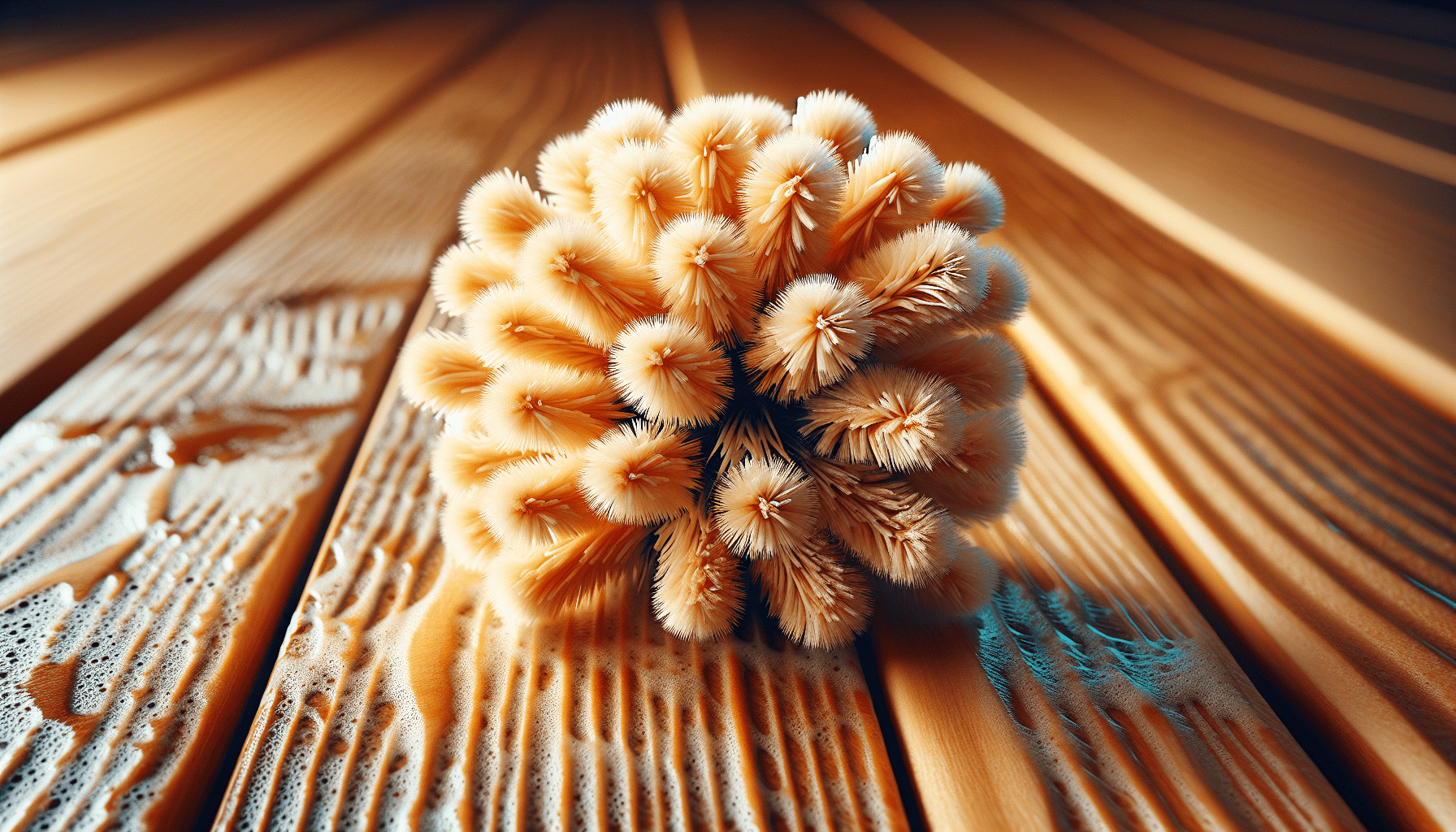Have you noticed that your deck is looking a bit fuzzy after using a power washer on it? Don’t worry, you’re not alone. This article will explain why this happens and how you can easily solve this common issue. By understanding the cause of the fuzziness and following some simple tips, you’ll have your deck looking clean and smooth in no time. Let’s dive in and get your deck back to its former glory! Why is my deck fuzzy after power washing?
Have you recently power washed your deck only to find that it now has a fuzzy texture? You’re not alone. This common issue can be caused by a variety of factors – from the type of wood your deck is made of to the pressure setting on your power washer. In this article, we’ll explore why your deck may be fuzzy after power washing and provide you with tips on how to fix it. So grab a cup of coffee, and let’s dive in!
Understanding the Fuzziness on Your Deck
So, you’ve finished power washing your deck, and now it looks fuzzy. What exactly is causing this fuzzy texture? The fuzziness you see on your deck is likely caused by the process of power washing itself. When you use a power washer on wood, especially softwood like pine, cedar, or redwood, the high-pressure water can damage the top layer of the wood fibers. This damage can result in tiny wood fibers standing up, creating a fuzzy appearance on the surface of your deck.
Why Softwood Decks Are More Prone to Fuzziness
Softwood decks, such as pine, cedar, and redwood, are more prone to developing a fuzzy texture after power washing due to their softer nature. These types of wood have a looser grain structure, making them more susceptible to damage from high-pressure water. Hardwood decks, on the other hand, like oak, mahogany, and teak, have a tighter grain structure that makes them more resistant to fuzziness.
Tips for Fixing a Fuzzy Deck
While a fuzzy deck may seem like a cause for concern, there are several ways you can address this issue and restore your deck to its former glory. Let’s explore some tips for fixing a fuzzy deck after power washing.
Sanding Your Deck
One of the most effective ways to remove the fuzziness from your deck is by sanding it. Using a power sander with a coarse grit sandpaper, you can gently sand the fuzzy areas of your deck to smooth out the surface. Be sure to sand in the direction of the wood grain to avoid causing more damage. Once you’ve sanded the fuzzy areas, switch to a finer grit sandpaper to create a smooth finish.
Applying Wood Brightener
Another option for addressing fuzziness on your deck is to apply a wood brightener. Wood brighteners are specially formulated solutions that can help revive the natural color and grain of your wood deck. Simply apply the wood brightener according to the manufacturer’s instructions, allow it to sit for the recommended amount of time, and then rinse it off with water. Wood brighteners can help remove fuzziness and enhance the appearance of your deck.
Using a Pressure Washer with Lower Pressure
If you plan on power washing your deck again in the future, consider using a pressure washer with a lower pressure setting to avoid causing fuzziness. High-pressure water can damage softwood decks and lead to a fuzzy texture. By adjusting the pressure setting on your power washer or using a wider spray pattern, you can clean your deck effectively without causing damage to the wood fibers.
Preventing Fuzziness on Your Deck
Now that you’ve fixed the fuzzy texture on your deck, you’ll want to take steps to prevent it from happening again in the future. Here are some tips for preventing fuzziness on your deck after power washing.
Cleaning and Sealing Your Deck Regularly
One of the best ways to prevent fuzziness on your deck is by cleaning and sealing it regularly. By removing dirt, grime, and mildew from the surface of your deck, you can prevent the buildup that can lead to fuzzy textures. Additionally, applying a quality wood sealer or stain can help protect your deck from water damage and UV rays, prolonging its lifespan and maintaining its appearance.
Avoiding High Pressure Settings
When power washing your deck, be mindful of the pressure setting on your washer. Avoid using high pressure settings that can damage the wood fibers and lead to fuzziness. Instead, start with a lower pressure setting and gradually increase it as needed. Using a wider spray pattern and maintaining a safe distance from the surface of your deck can also help prevent fuzziness.
Drying Your Deck Thoroughly
After power washing your deck, be sure to allow it to dry thoroughly before applying any treatments or sealers. Moisture trapped in the wood fibers can lead to mold, mildew, and fuzziness. To ensure your deck dries properly, wait at least 48 hours before walking on it or applying any protective coatings. If possible, choose a dry, sunny day to power wash your deck to aid in the drying process.
Conclusion
In conclusion, a fuzzy deck after power washing can be a common occurrence, especially with softwood decks. The fuzziness is typically caused by the high-pressure water damaging the top layer of wood fibers, resulting in tiny fibers standing up on the surface of the deck. By following the tips outlined in this article, you can effectively address fuzziness on your deck, prevent it from happening again, and restore your deck to its natural beauty. So go ahead, tackle that fuzzy deck, and enjoy a clean and refreshed outdoor space!
